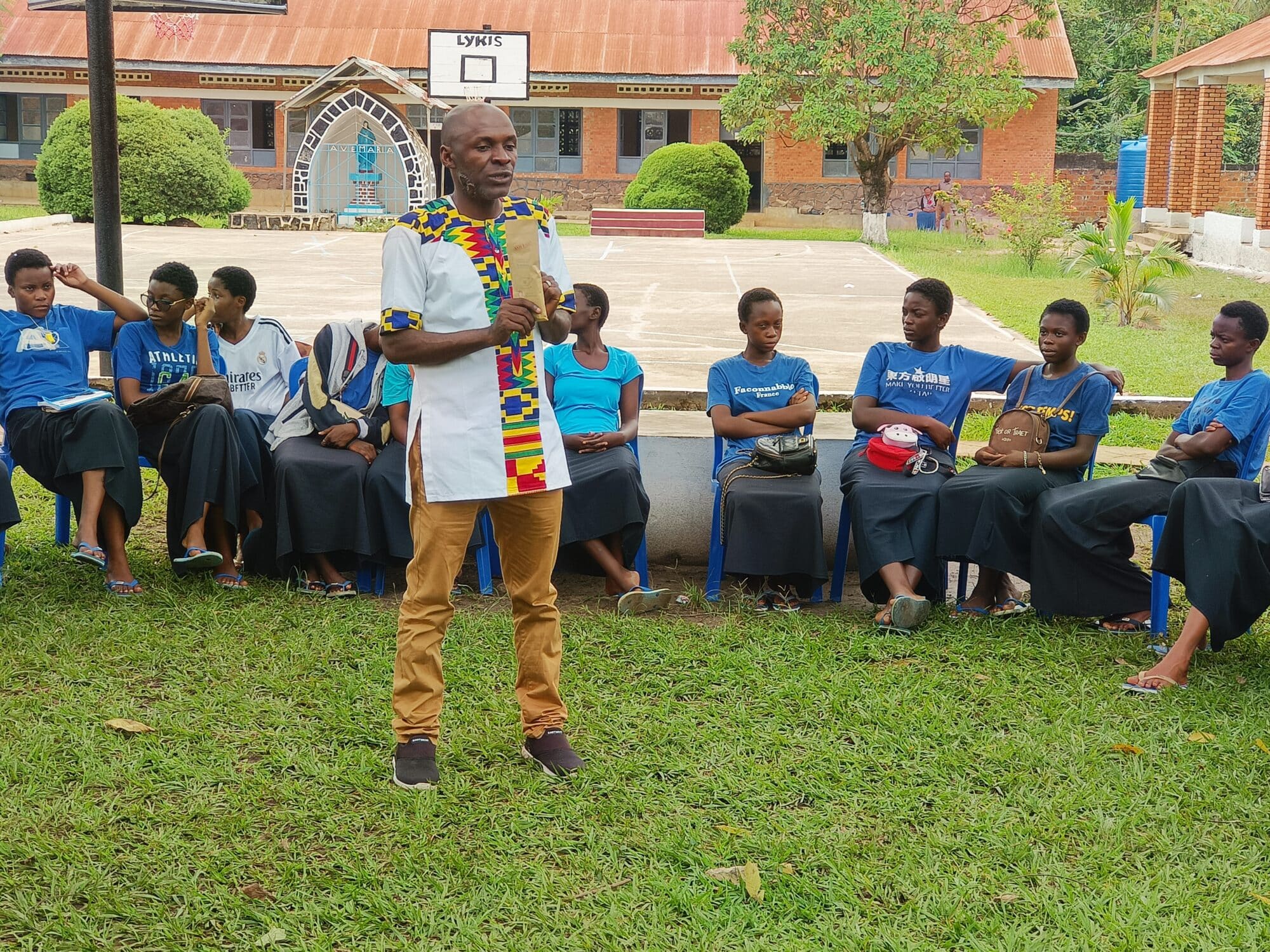01 Fév. 2024
Artemisia ambassadors in DRC

Recent News

“Merci de nous avoir contacté, nous revenons au plus vite vers vous.”
L’équipe artemisia